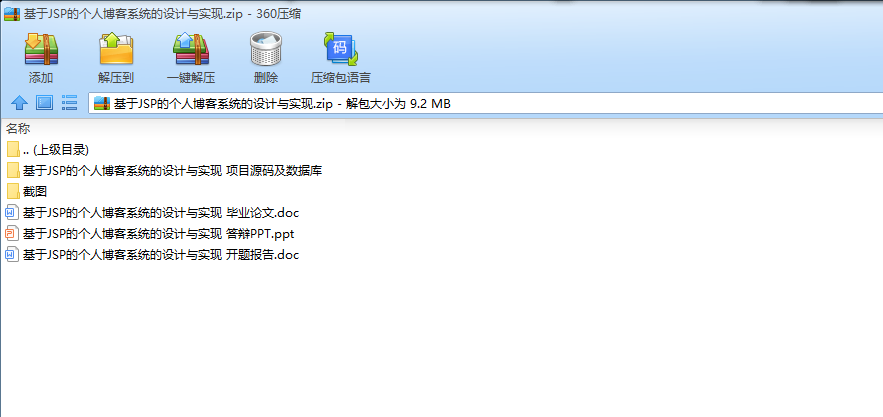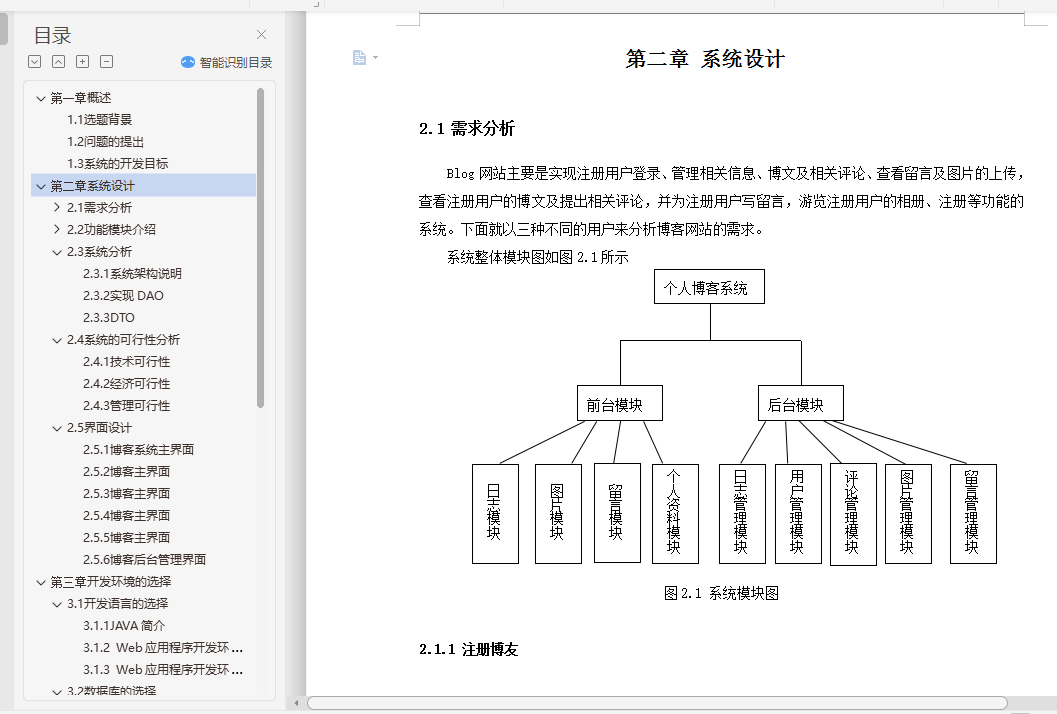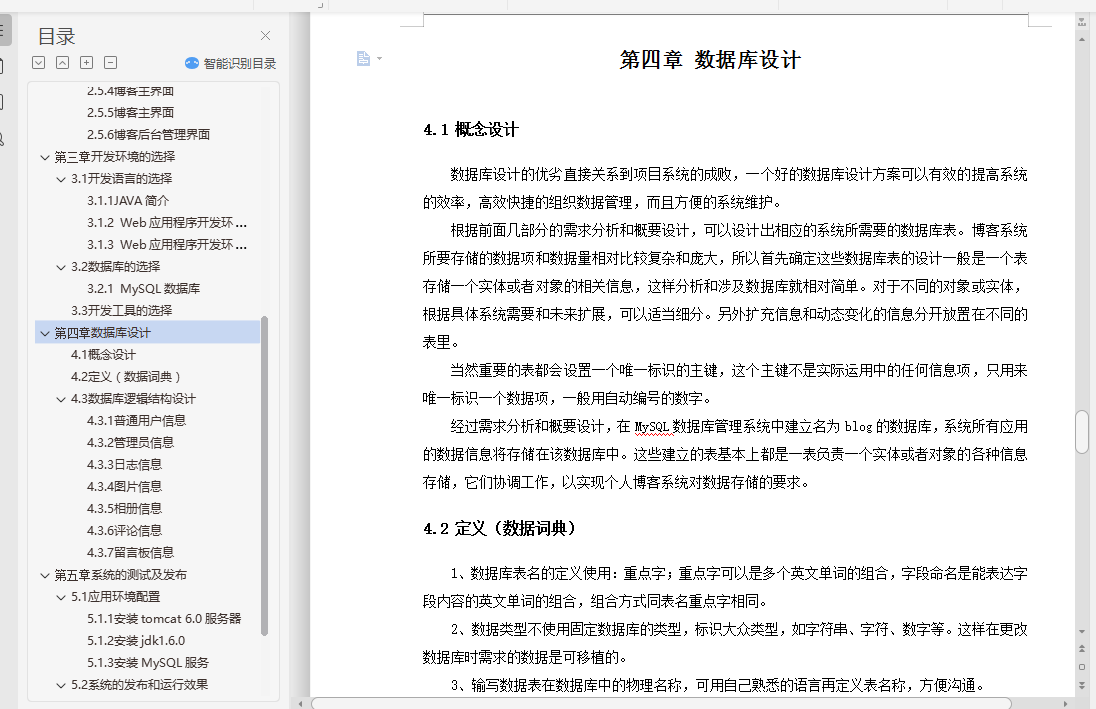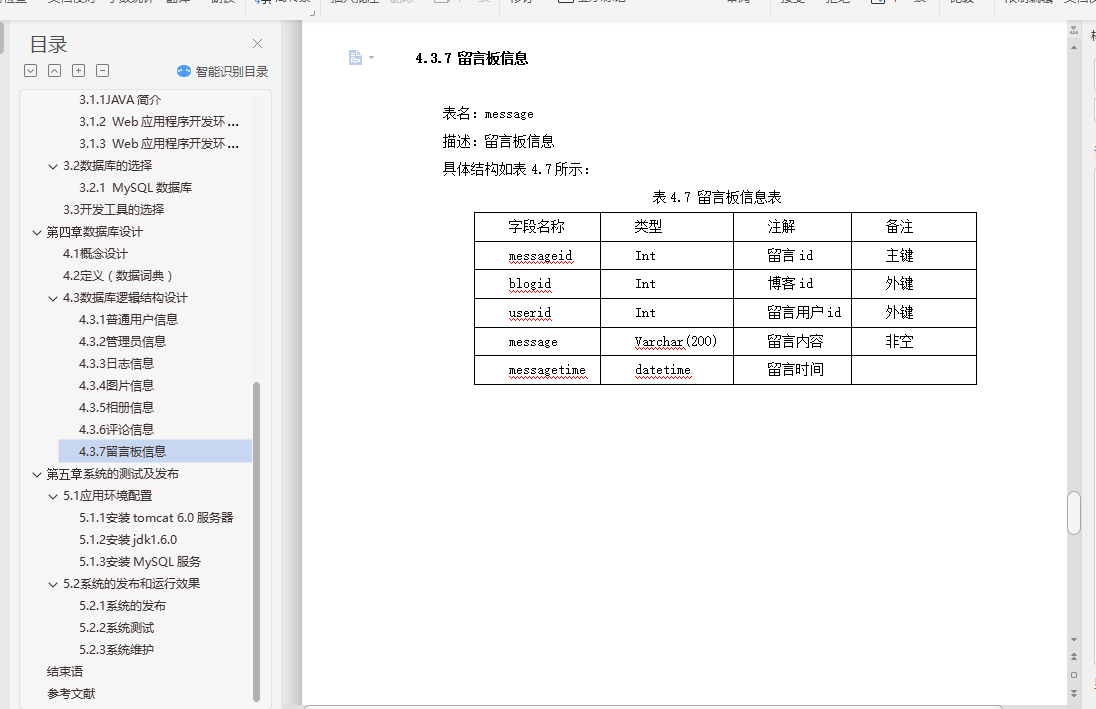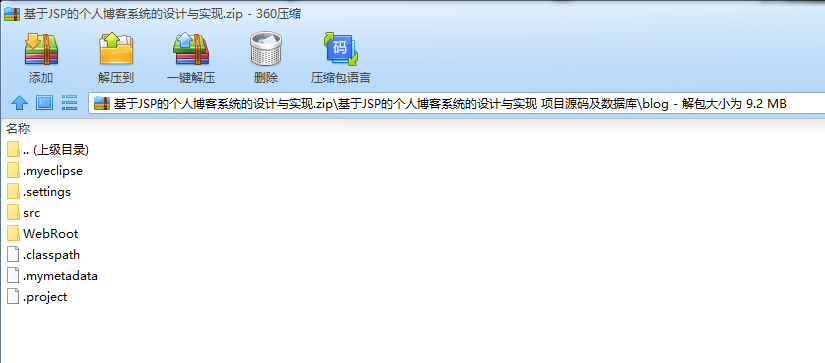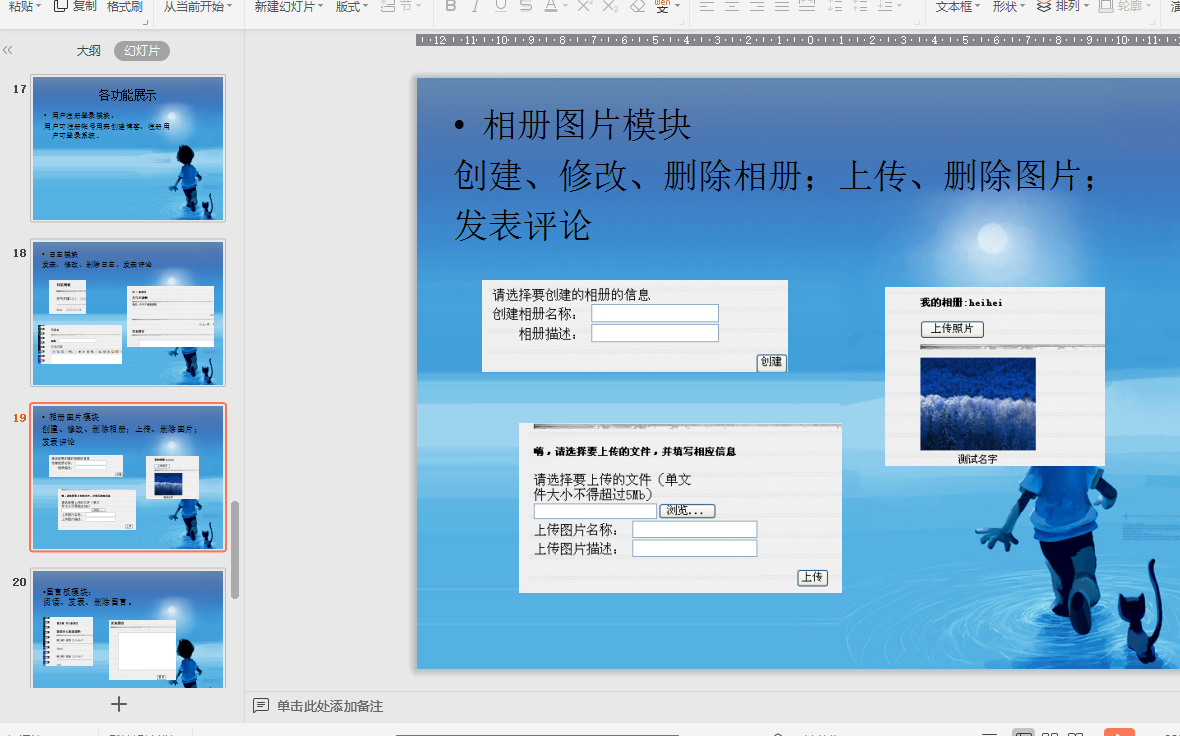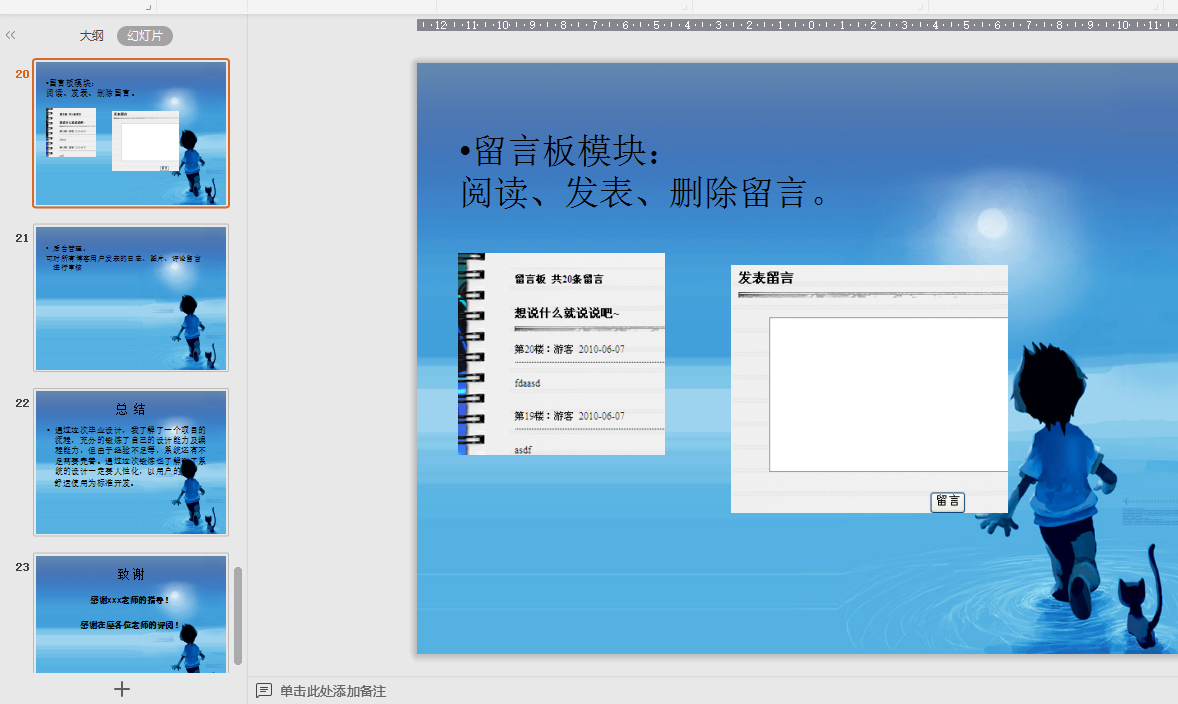摘 要
随着互联网技术的高速发展,生活节奏的加快,博客被越来越多的人选择为学习和交流的工具。博客的内容丰富多彩,包括对其他网站的超链接和评论、个人构思、新闻日志、照片、诗歌等。博客具有自主性、开放性、互动性和共享性的特点,是一个很好的交流的渠道。
本系统利用JSP开发技术,以MySQL作为后台数据库,使用Tomcat配置Web服务器,以及配合多种网页开发工具,实现了个人博客系统这个基于B/S模式的个人日志发表和交流的平台。本系统是一个实用的个人博客系统,集日志、相册、留言板于一身。分为管理员管理模块:负责管理所有信息;注册登录模块:注册用户、登录系统;日志管理模块:发表、修改、删除日志;评论留言管理模块:游客可以发表评论和留言;图片管理模块:用户可以创建相册,上传图片。
本文组织如下:第一章为对本系统整体的概述,第二章为对系统的详细设计,第三章为对于开发工具开发环境的选择,第四章讲的是数据库的设计,第五章则是系统完成后的测试及发布。
关键词:博客;JSP;MySQL;B/S模式
Abstract
Along with the developed at highspeed of the Internet, the pace of life is faster and faster. Blog is chosen as the study and communicate tool by more and more people. Blogs are content-rich, they include the URL of other site, comments, personal design, news update, pictures even the poetry. Blog can be a great communicate method with the autonomy, open, interactivity and share as characteristic.
This system is developed by JSP, backstage DB is hold by MySQL, the WEB Server is configurated by Tomcat and cooperrated with varity of web page develop tool, all above build the blog system which based on B/S mode and capable of publish the logs and the comments. It's a functional blog system which include blogs, album and message board. It can be separated by administrator module: manage the information; register and login module: registered users, login system;log module: publish, modify and delete log; manage the comment module: visitors can publish the comments; manage the picture module: user can creat album and upload pictures.
This paper is arranged as follow: summarize the system in Chapter I, detail design in Chapter II, choose the develop tool and develop environment in Chapter III, DB design in Chapter IV, system test and publish in Chapter V.
Keywords:Blog;JSP;MySQL;B/S mode
目 录
摘要 I
Abstract II
第一章 概述 1
1.1 选题背景 1
1.2 问题的提出 1
1.3 系统的开发目标 2
第二章 系统设计 3
2.1 需求分析 3
2.2 功能模块介绍 6
2.3 系统分析 8
2.4 系统的可行性分析 12
2.5 界面设计 13
第三章 开发环境的选择 17
3.1 开发语言的选择 17
3.2 数据库的选择 18
3.3 开发工具的选择 19
第四章 数据库设计 21
4.1 概念设计 21
4.2 定义(数据词典) 21
4.3 数据库逻辑结构设计 21
第五章 系统的测试及发布 26
5.1 应用环境配置 26
5.2 系统的发布和运行效果 27
结束语 29
参考文献 30
